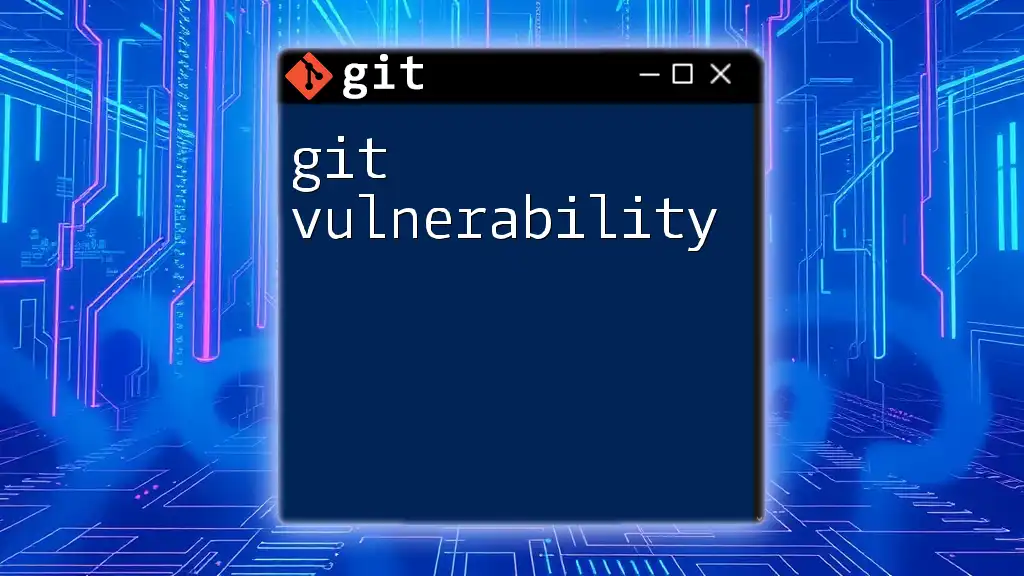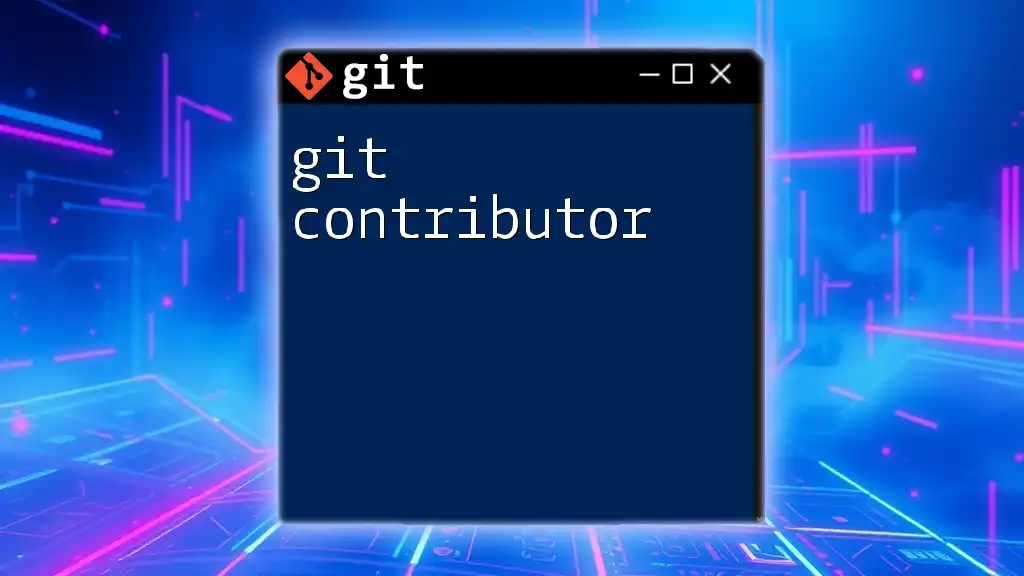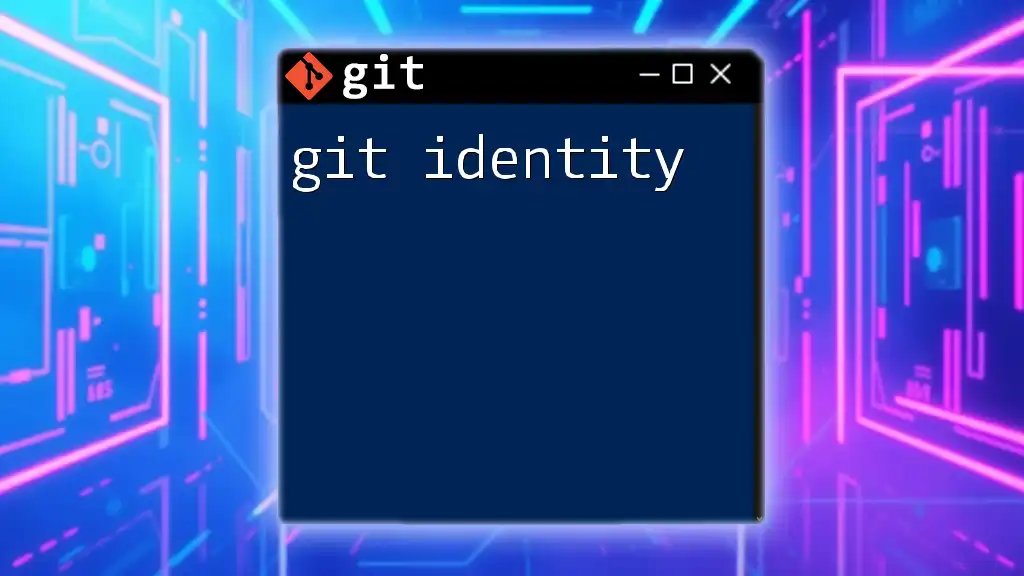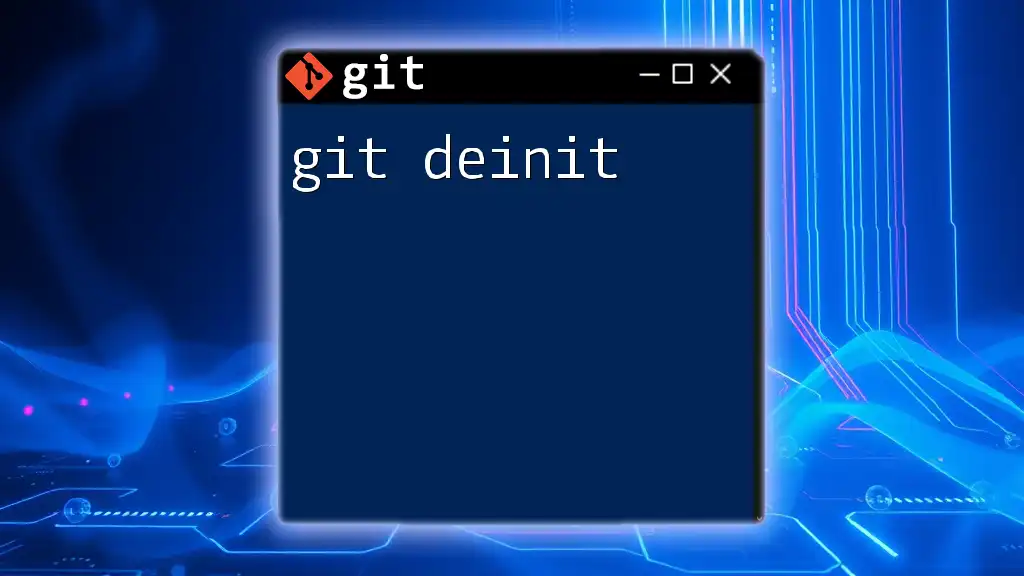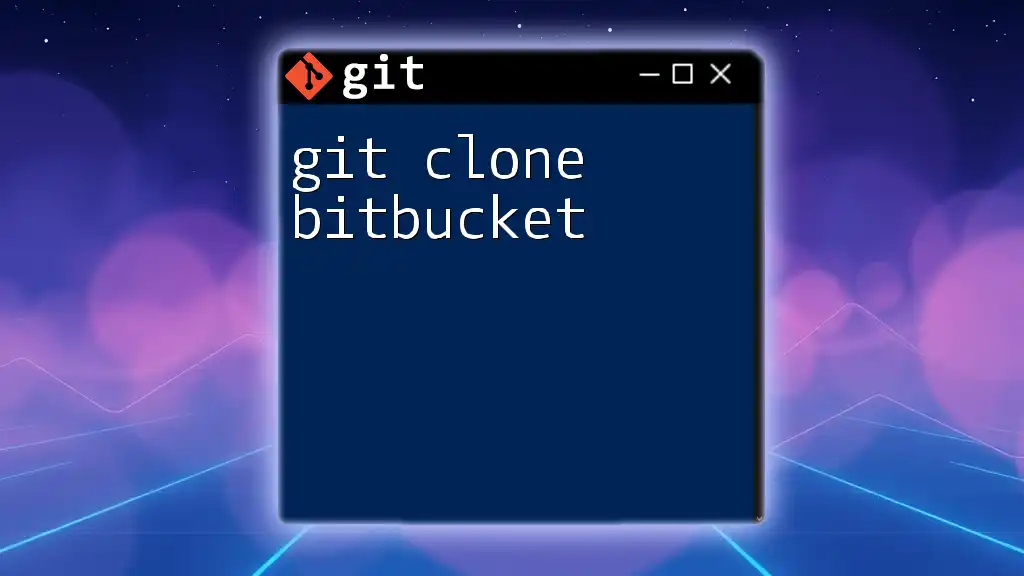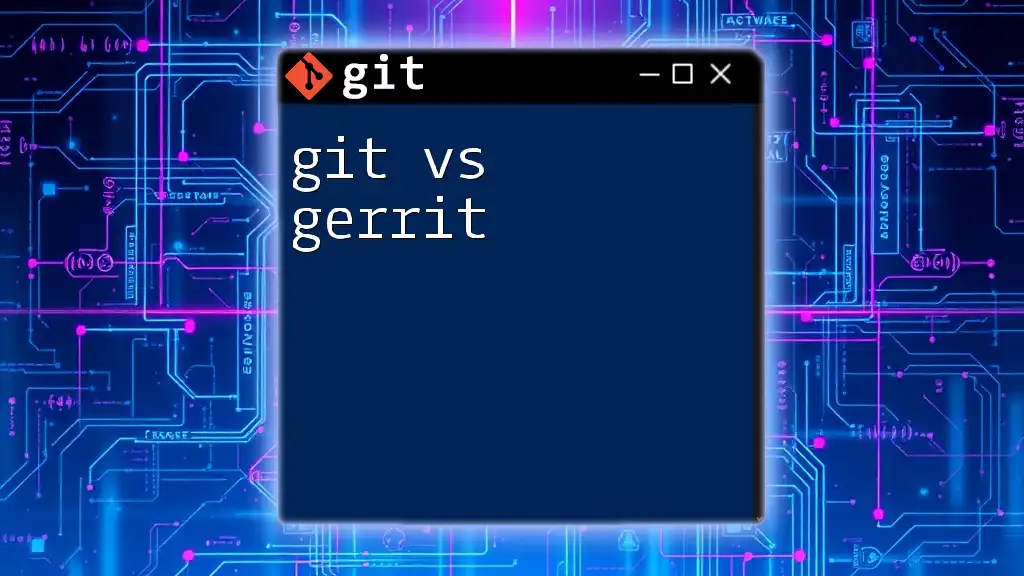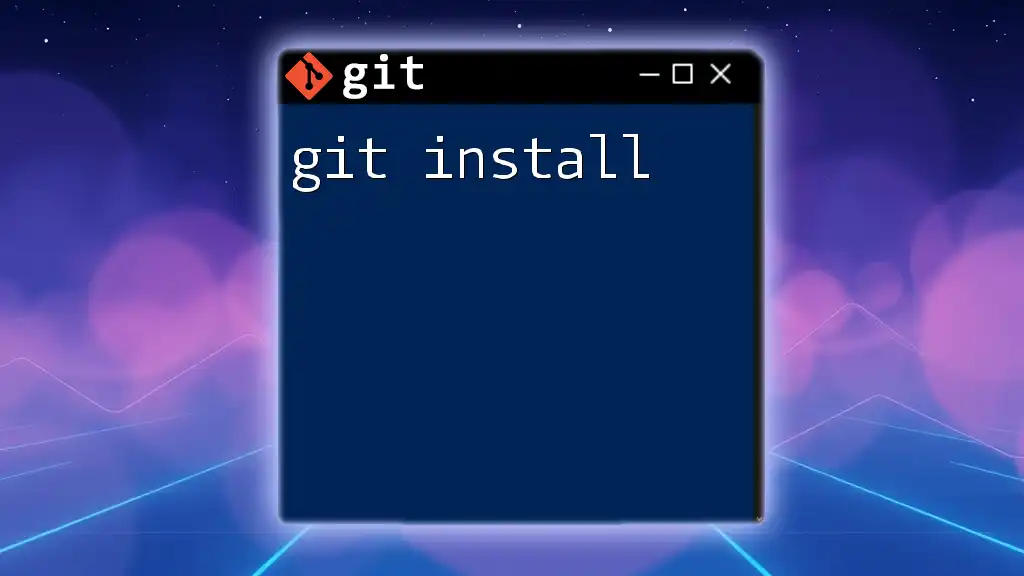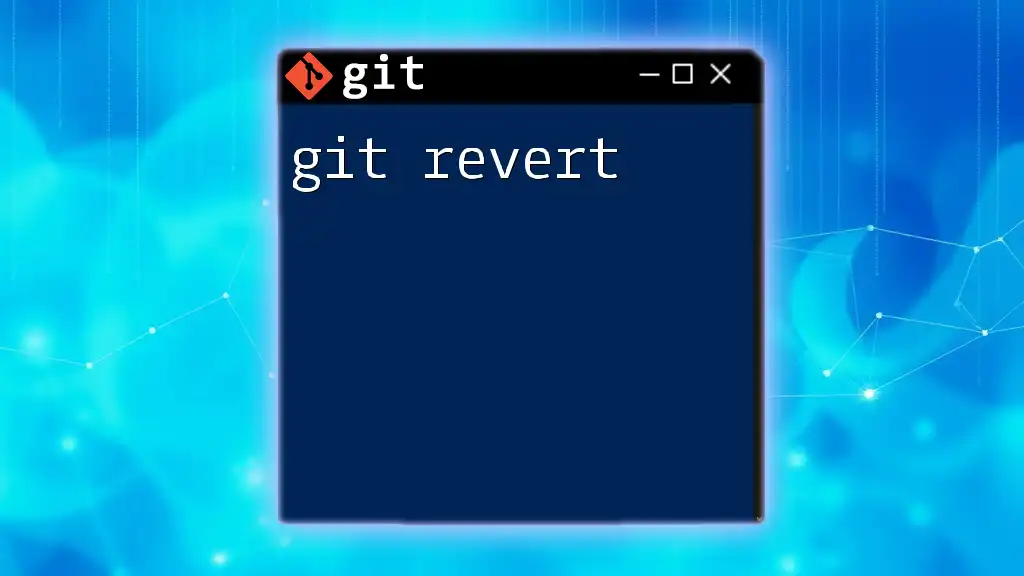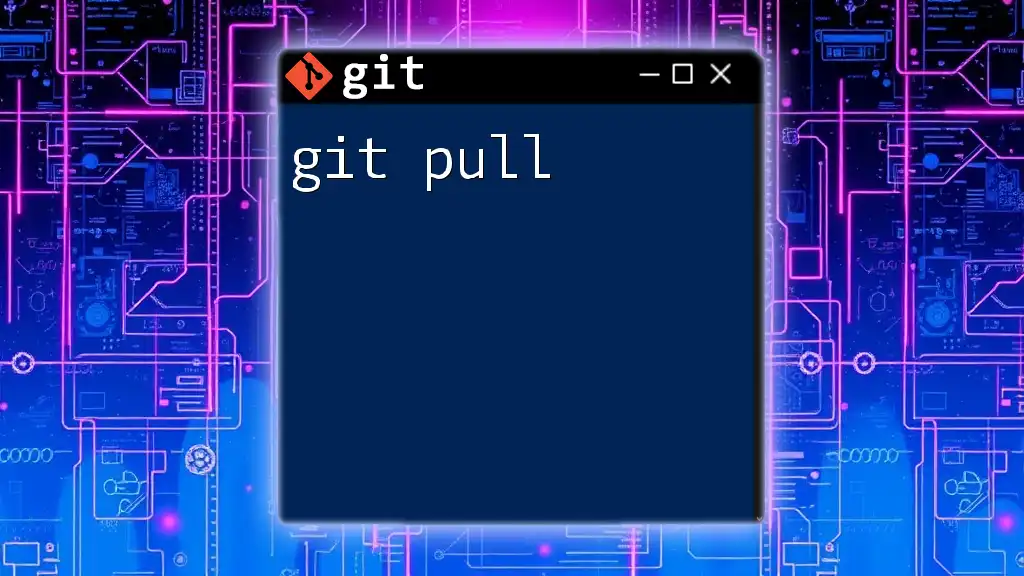Git vulnerability refers to the potential security risks associated with using Git, such as exposing sensitive data through incorrect configuration or unintentional commits.
Here’s a code snippet showing how to check for sensitive data in your repository:
git grep -I 'password\|secret\|API_KEY'
Understanding Git Vulnerability
What is Git Vulnerability?
Git vulnerability refers to security weaknesses within the Git version control system that could be exploited by malicious users, resulting in unauthorized access, data corruption, or code manipulation. Identifying and managing these vulnerabilities is crucial for maintaining the integrity and security of your codebase.
Common Types of Git Vulnerabilities
Code Injection: This occurs when an attacker is able to insert and execute malicious code within a repository. For example, if a user unknowingly pulls from an untrusted source, the code can execute commands that compromise the system.
Credential Exposure: Sometimes, sensitive information such as API keys, passwords, or access tokens can accidentally be committed to a repository. This happens, for example, when developers do not use `.gitignore` effectively, leading to sensitive files being tracked and potentially exposed to the public.
Repository Tampering: Unauthorized changes to a repository can undermine the project's integrity. If a user has write access to a repository, they can make modifications that could disrupt the functionality of the project.
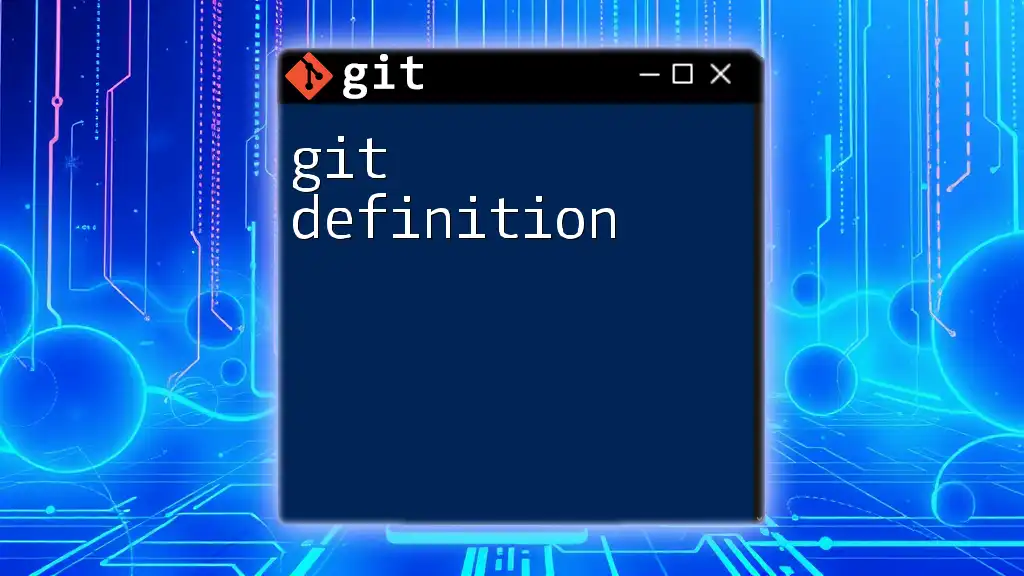
Impact of Git Vulnerabilities
Potential Risks to Your Projects
The risks associated with Git vulnerabilities are significant. A successful exploit can lead to loss of data, unauthorized access to proprietary code, and compromised software integrity, ultimately damaging a company's reputation and leading to costly recovery processes.
Real-World Examples
Several high-profile case studies illustrate the potential consequences of Git vulnerabilities. For instance, in 2020, a Git repository vulnerability allowed malware to be injected into open-source projects, affecting thousands of users. By analyzing these incidents, teams can better understand the importance of proactive vulnerability management and learn from past mistakes.
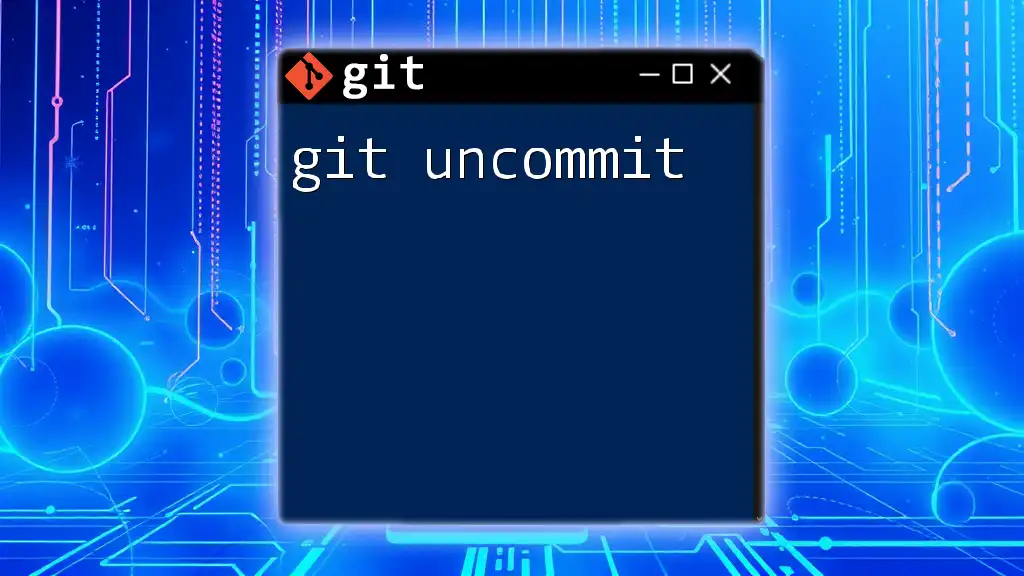
Identifying Git Vulnerabilities
Tools for Detection
Utilizing tools for detecting vulnerabilities in Git repositories can significantly enhance security. For example:
- GitHub’s Dependabot: This tool automates dependency updates and alerts users about known vulnerabilities in their software dependencies, providing essential information on how to remediate issues.
- GitLab's Security Dashboards: This platform offers integrated security scanning and vulnerability management tools that help teams monitor the security status of projects continuously.
Best Practices for Prevention
Implementing best practices can help prevent vulnerabilities before they manifest:
- Regular Audits: Conduct routine security audits of your repositories to identify and address potential security risks.
- Commit Hooks: By using commit hooks, developers can enforce pre-defined rules that block vulnerable code changes from being committed. For example, a pre-commit hook can check for sensitive information in code changes.
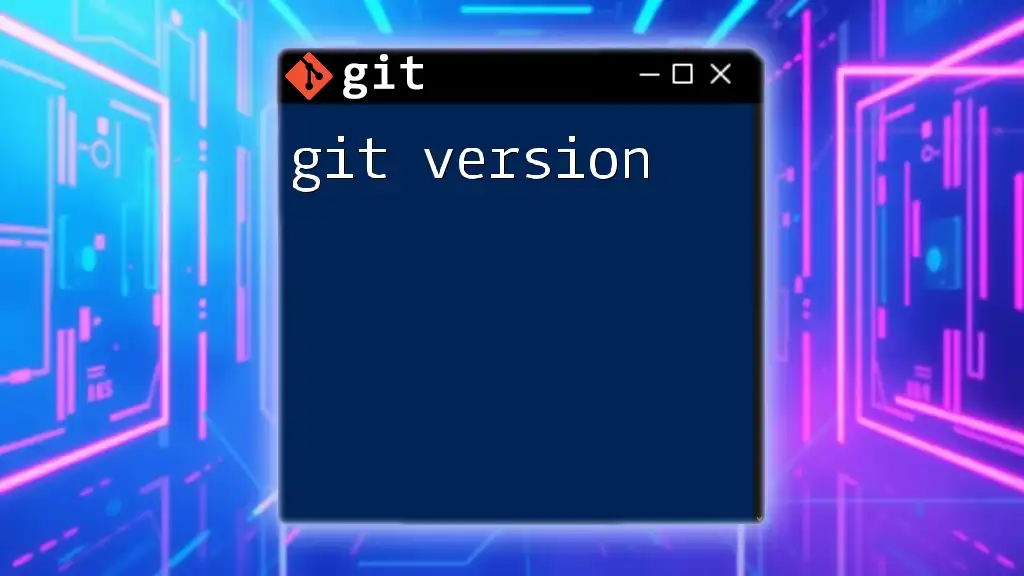
Securing Your Git Repository
Essential Security Practices
To secure your Git repository effectively, consider the following practices:
- SSH Keys: Using SSH keys to connect to repositories is more secure than using passwords. SSH employs cryptography to establish a secure connection, reducing the risk of unauthorized access.
- Using Personal Access Tokens: When accessing repositories, especially in automated systems, it's crucial to utilize personal access tokens instead of passwords for added security.
Branch and User Management
Management practices play a pivotal role in maintaining repository security:
- Branch Protection Rules: Implementing branch protection rules ensures that critical branches, like `main`, cannot be modified or deleted without proper review. This process can prevent accidental or malicious tampering.
- Role-Based Access Control: Limiting access based on user roles helps reduce the attack surface. For instance, only granting write access to trusted team members mitigates the risk of unauthorized changes.
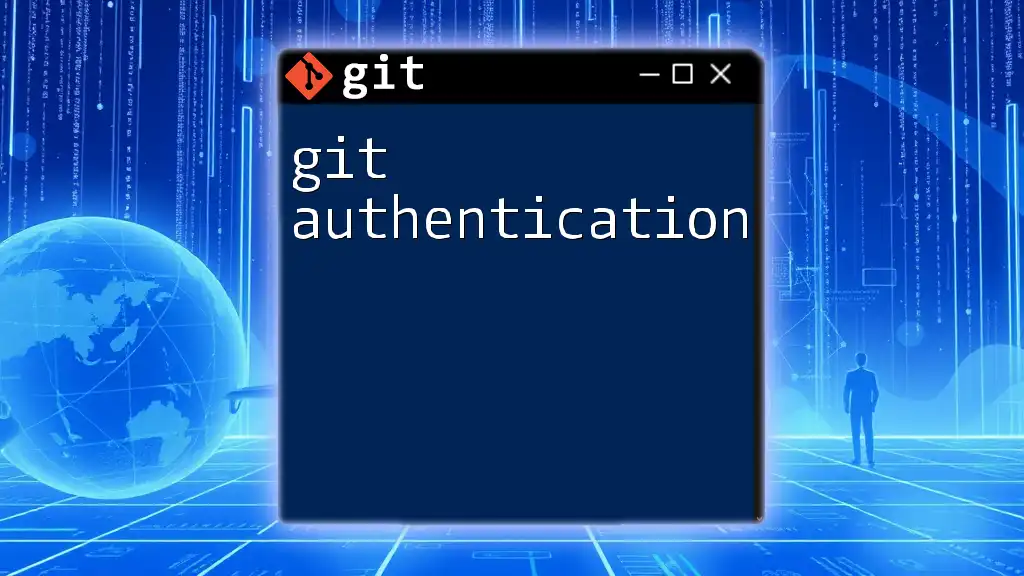
Mitigating Git Vulnerabilities
Updating Git Regularly
One of the most straightforward yet essential practices involves keeping Git itself updated. Regular updates not only introduce new features but also patch existing vulnerabilities that could be exploited. Ensuring that all team members utilize the latest version of Git helps maintain a secure development environment.
Using Git Configurations Wisely
Utilizing `.gitignore` and `.gitattributes` files effectively can significantly enhance security:
# Example of .gitignore to protect sensitive files
.env
secrets.txt
In this example, the `.env` and `secrets.txt` files are excluded from the repository, preventing exposure of sensitive data.

Responding to Vulnerabilities
Incident Response Plan
Every team should have an incident response plan in place to address security breaches. This plan should include steps for identifying the breach, containing the damage, notifying affected parties, and remediating the vulnerability.
Recovery Techniques
In the event of a Git vulnerability, it's crucial to have recovery techniques ready:
- Using Tags and Branches: Tags can serve as version markers. If a vulnerability is discovered after a release, using a tagged version allows teams to revert to a stable state quickly without losing critical code.
- Ensuring backup strategies are in place can further safeguard against data loss.
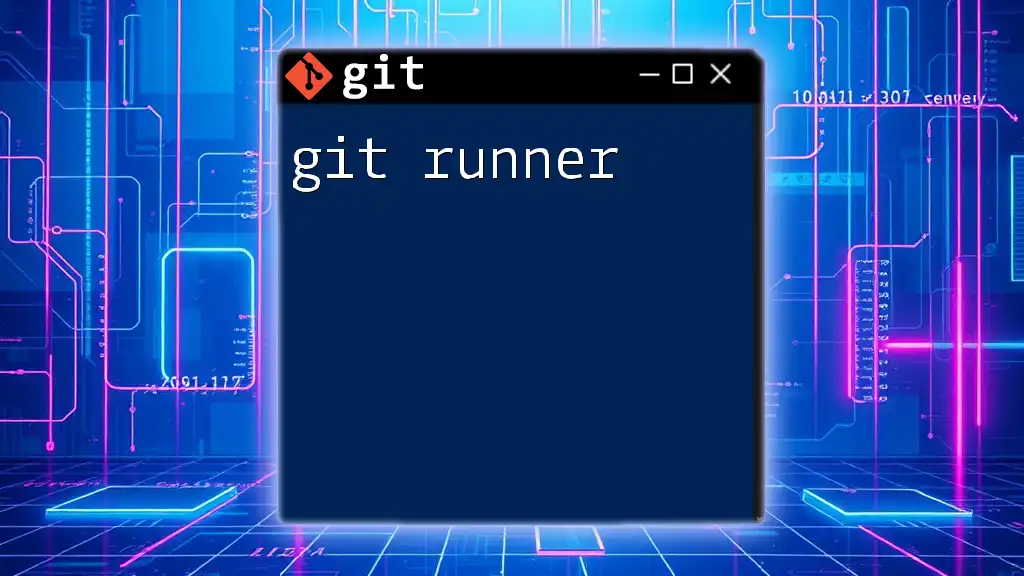
Conclusion
The Importance of Staying Informed
In the ever-evolving landscape of cybersecurity, continuously learning and adapting to new threats is vital. Staying informed about Git vulnerabilities ensures that developers can implement the best security practices to protect their repositories.
Resources for Further Learning
Investing in education through tutorials, books, and courses focused on Git security can greatly enhance your knowledge and awareness, empowering you to create safer codebases.
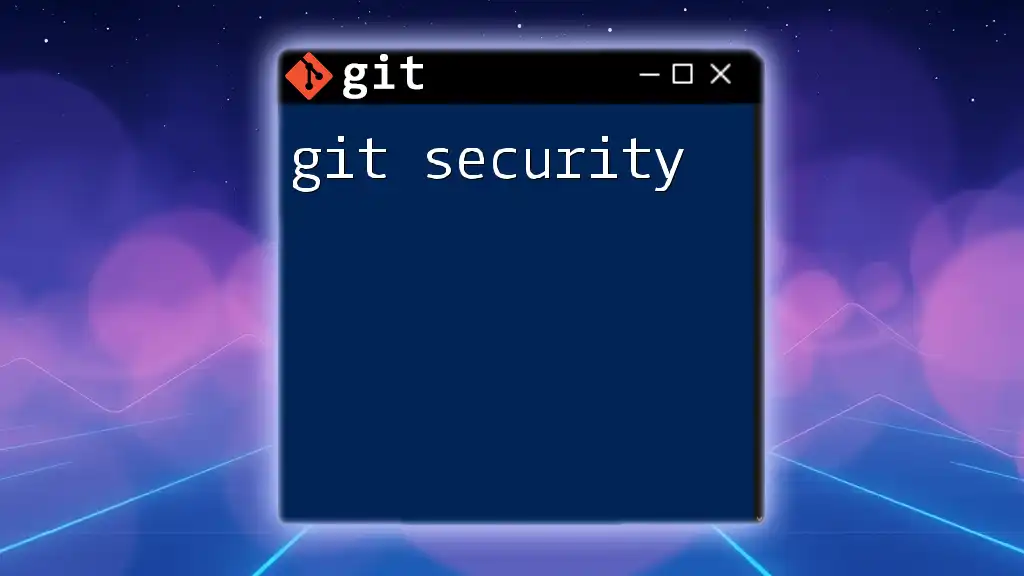
Call to Action
We encourage you to implement these practices in your projects and to share your experiences and insights with the community. Together, we can build a more secure development environment and reduce the risks associated with Git vulnerabilities.

